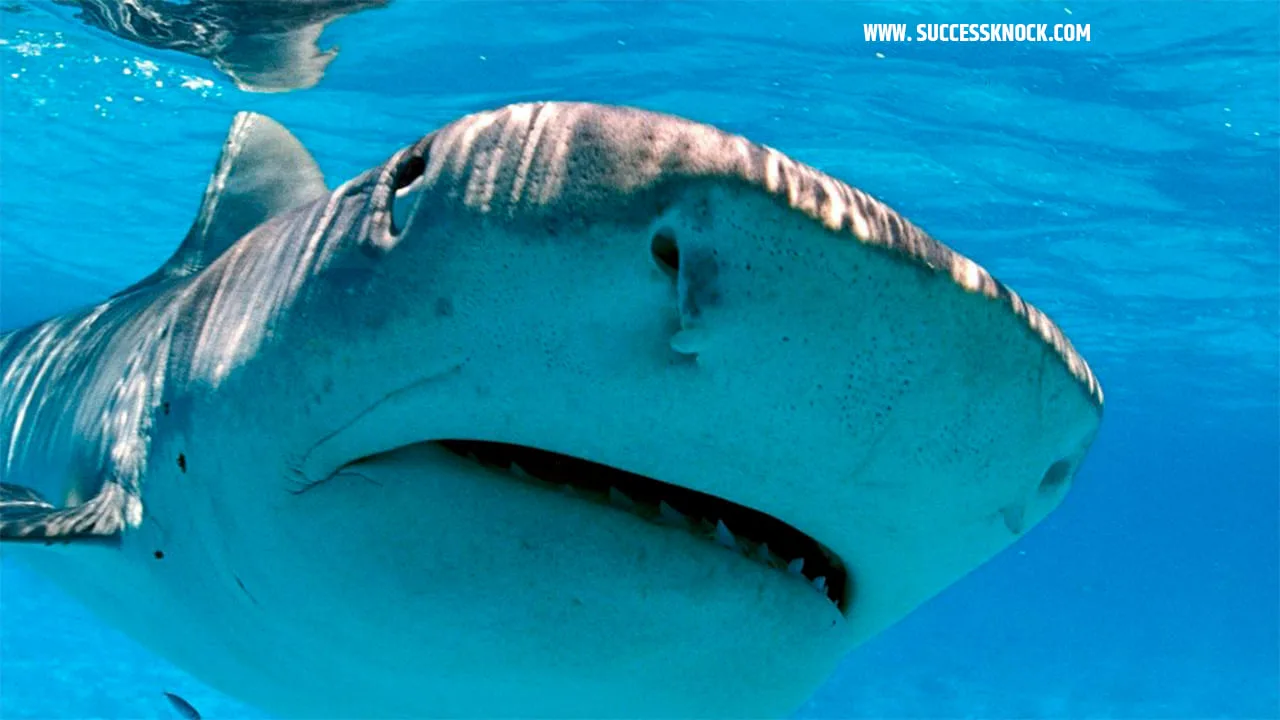Haddock is a staple fish species in the New England region, enjoyed by both commercial and recreational fishermen as well as seafood consumers. It is known for its delicate flavor and versatile culinary uses.
The decline in haddock populations can be attributed to several factors, including overfishing, habitat degradation, and changes in oceanic conditions. Over the years, commercial fishing pressure and increased demand for haddock have put a strain on the population, leading to a decrease in its abundance.
Regulators are closely monitoring the situation and have implemented measures to protect and rebuild haddock stocks. These measures include setting catch limits, implementing size restrictions, and enforcing seasonal closures in certain areas. By imposing these regulations, regulators aim to ensure the long-term sustainability of haddock populations and support the overall health of the marine ecosystem.
The fishery management council mandated the 84% reduction in catch quotas for the current fishing year, which started May 1. The change applies to fishers who harvest haddock from the Gulf of Maine, a body of water off Massachusetts, New Hampshire, and Maine. Fishers also harvest from Georges Bank, a fishing ground to the east where quotas were also reduced for this year, including adjoining areas overseen by Canadian officials who issued their own major cuts.
Americans are still likely to find haddock available despite the cuts because most of it is imported, according to federal data from 2021. Some countries that export haddock are also cutting quotas this year. But recent announcements of cuts by major exporters like Norway have been much lower than in the Gulf of Maine, and they represent a much larger share of global fish stocks.
Declining fish stocks threaten economies, food security, and cultures around the world. The United Nations Food and Agriculture Organization says more than a third of global fish stocks are overfished, and the rate of unsustainable fishing is rising. However, seafood species’ health varies significantly from region to region. Some, such as American lobster, have grown in catch volume in recent decades.





